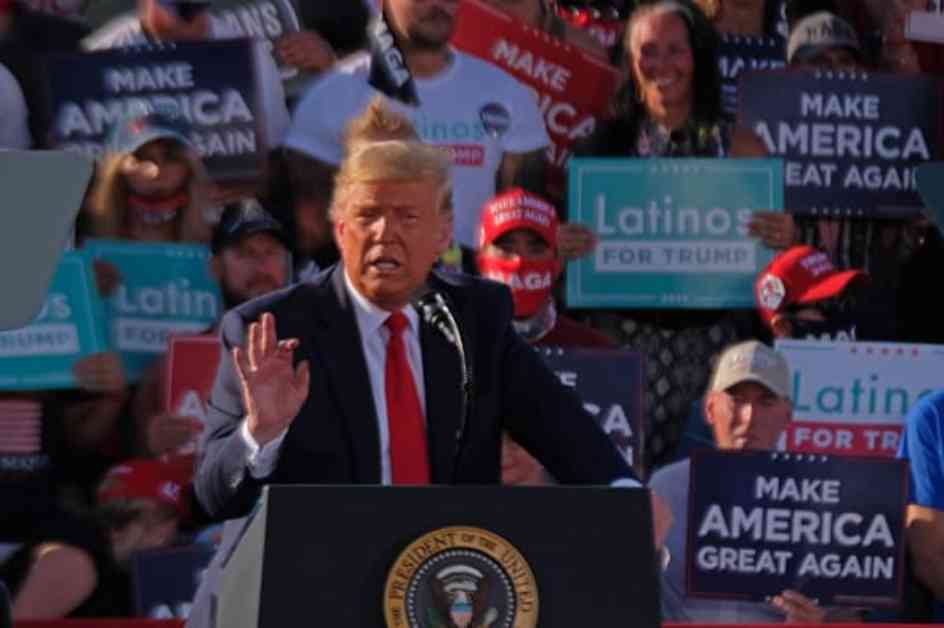A couple of weeks ago, experts noticed that the markets were preparing for a potential Trump victory, leading to a sharp increase in US treasury yields. This was seen as a sign of anticipation for a Trump 2.0 presidency, which would likely result in larger deficits due to potential tax cuts. However, as Trump’s chances of winning have decreased in recent days, US Treasury yields have continued to rise. Despite a slight cooling off at the beginning of the week, the surge in yields may not be solely related to the election, but also influenced by Fed policy and the growing US debt levels. It is crucial for investors to closely monitor interest rates, especially during times of heightened volatility.
The outcome of the election will determine whether the bond market remains weak or experiences a positive change. In a scenario where there is a “gridlock,” meaning the president’s party does not control both houses of Congress, the bond market could potentially stabilize. The US treasury market plays a significant role in the global economy, and a weak treasury market can have negative effects on bond markets worldwide, leading to uncertainty and volatility in the stock market by affecting stock valuations.
Addressing the disorder in the bond market is a complex issue with no simple solutions. Drastic cuts in government spending to reduce the deficit could harm the economy, while intervention by the Fed to restore order might weaken the US dollar and worsen inflation. The bond market will be a top priority for both the financial markets and the incoming president after the election, as its stability is crucial for the overall health of the economy.
In conclusion, the US treasury market is facing challenges amid the uncertainty surrounding the presidential election. Investors need to stay vigilant and closely monitor developments in the bond market, as it plays a central role in the global economy. Finding a balance between addressing the deficit and maintaining economic stability will be key for ensuring a strong and resilient bond market in the post-election period.












